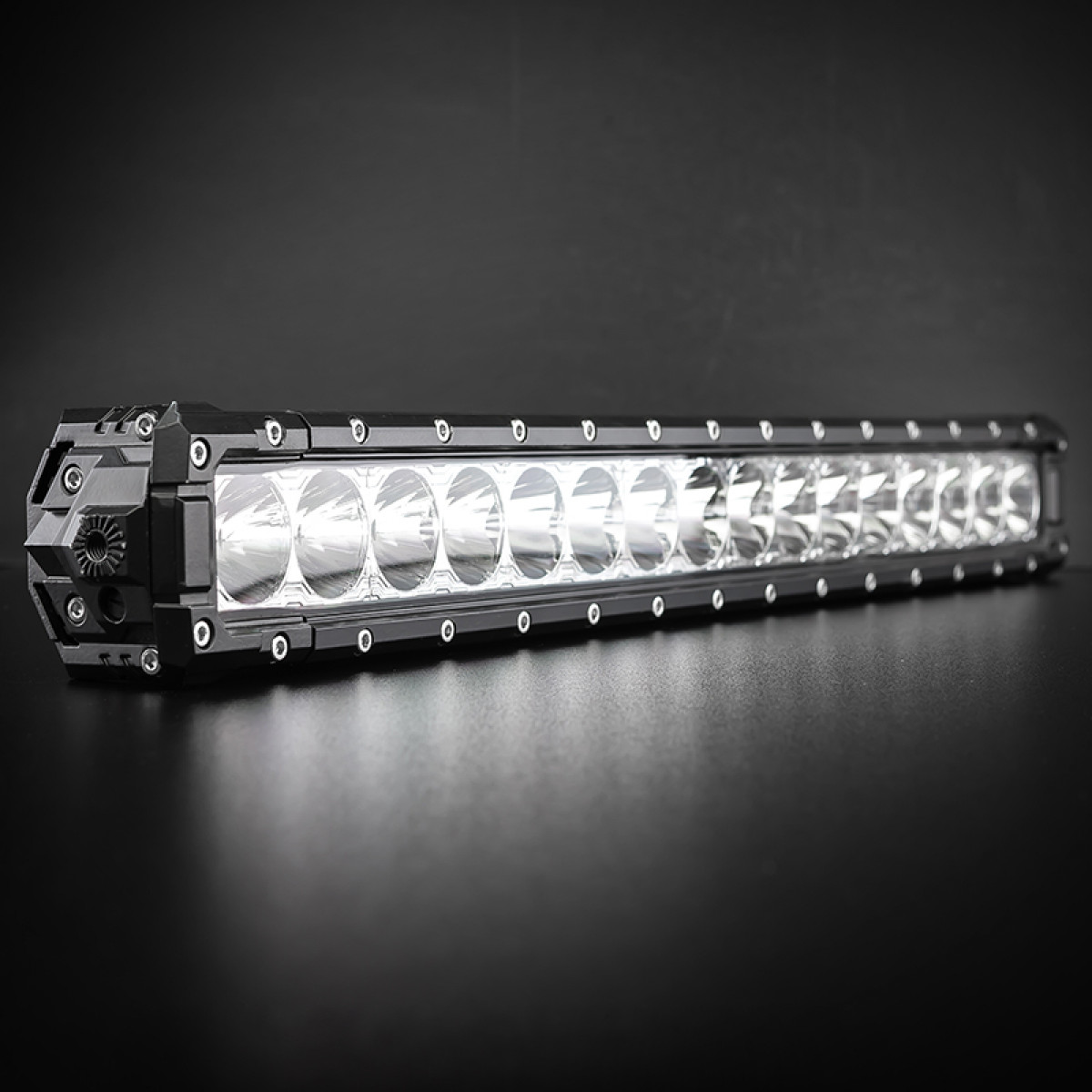

On the other hand, the Pulsar 220F gets a twin-downtube frame linked to the same 37mm telescopic fork as the F250, but the rear gets a pair of gas-charged shock absorbers.

The Bajaj Pulsar F250 is built on a new tubular frame chassis linked to a 37mm telescopic front fork and a rear monoshock. It also gets a slip-and-assist clutch so that the lever action is effortless, and rear wheel lock is minimised during aggressive downshifting. The Pulsar F250 obviously enjoys having slightly higher output figures owing to its bigger-displacement engine. Take a look at the specifications in the table below:Ģ49.07cc single-cylinder air-oil-cooled engineĢ20cc single-cylinder air-oil-cooled engine The Bajaj Pulsar F250 is powered by a new 250cc single-cylinder air-cooled, fuel-injected engine with an oil cooler. That said, you’ll still have to invest in an aftermarket smartphone holder if you were to make use of the USB port properly. The two motorcycles do not come with smartphone connectivity, but the Pulsar F250 does get a USB port near the tank flap to keep your electronic devices charged. Both bikes have a range indicator but the gear position indicator is present only in the Pulsar F250. It looks more modern than the semi-digital unit in the Pulsar 220F, thanks to the minimal bezels.

The indicators are LED too, unlike the bulb units in the 220F. This looks more aggressive than the twin stacked halogen projector headlamps with pilot lamps in the Pulsar 220F. The Bajaj Pulsar F250 comes with a modern LED projector unit with twin reverse-boomerang (that’s what Bajaj calls them) LED DRLs flanking the sides. Even the engine cowl is a bit more wholesome in the new bike compared to the old one.
#Led light table photography 24.5 inch license#
The license plate mounts with integrated indicators look much sportier than the one in the Pulsar 220F. Another major difference is that unlike the large end can in the Pulsar 220F, the new Pulsar F250 comes with a short, stubby twin-outlet exhaust with premium brushed metal finish. The tail panels certainly look slimmer than before, and this is complemented by split grab rails and a pair of angular LED tail lamp strips. That said, the seat height remains unchanged at 795mm. The split seats have been slightly tweaked to accommodate the new bodywork, including the side panels. The half fairing flows cohesively from the headlight to the tank, and the signature air vent is a lot sleeker than before. The Bajaj Pulsar F250 retains the Pulsar 220F’s iconic silhouette but dials it up a notch with much sharper bodywork design.


 0 kommentar(er)
0 kommentar(er)
